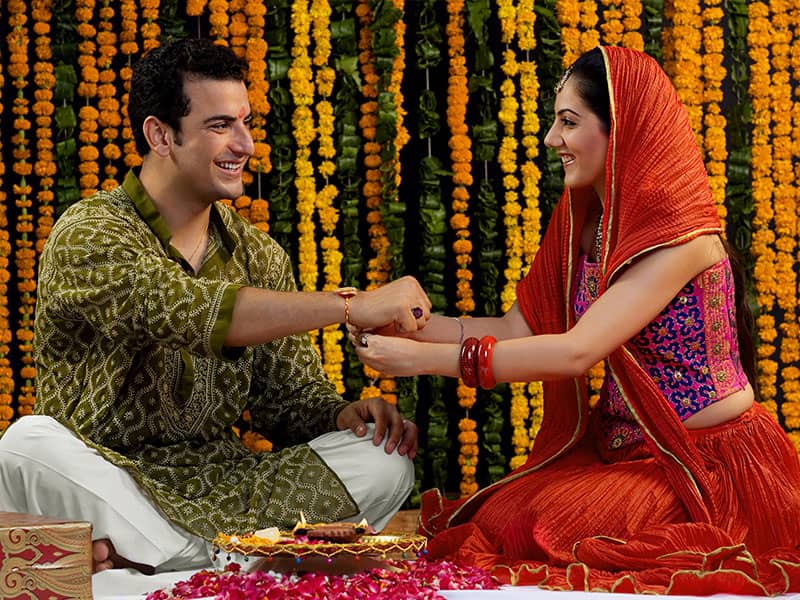In most cases, the procedures are conducted almost immediately, within a 24-hour period. When a parent has died and the children live far away, other family members hold the body until the children arrive to do the last rites. According to Hindu tradition and its sacred texts, only a male family member (such as a husband, father or son) can perform the last rites. However, in some cases women have taken on this role. In Vedic times, there were incidents of the putrika--a daughter who could assume the role of a son. In later years, the religious patriarchy interpreted the putrika as the grandson, and reserved the conducting of the last rites for males. In most Hindu families, the body is bathed immediately after death, sometimes by women in the family. The ritual marks of the community, along with sacred ash, may be applied on the person's body, under the guidance of the priest who chants holy mantras, which vary in different Hindu communities. Before the body is cremated, the immediate family members put flowers on the body, rice in the mouth (as nourishment for the departed soul), and coins in the hands. The body is placed on a bier and taken to the cremation center. With the exception of the bodies of children and sanyasis, bodies are usually cremated. There are, however, some Hindu communities which practice burial. When the person dies, the family is in a state of grief. To respect this, no cooking is done in the house until the cremation takes place. "There is a saying that the fire in the house is not lit until the fire in the cremation pyre has gone out," explains Narayanan. "Friends come in with food. There are very specific dietary injunctions also as to what people can and cannot eat, especially the person who has performed the last rites. The food is vegetarian, without onion and garlic. The foods are considered satvic (pure) foods." In the place where the person died, a lamp is lit to light the way for the departed soul and water is kept there for its nourishment. The next day the ashes are collected and immersed in a river--particularly where two rivers meet; in the ocean; or scattered over the earth in India. "This whole time is one of ritual pollution. There are a certain number of days, depending on the community, after which the family is re-integrated into the society," says Narayanan. "That can happen after 13 days or 40 days--the specific number of days corresponds with caste and community." While prayers for the dead are common in all faiths, including Hinduism, the introduction of bhajans (religious hymns) set to music at a gathering of mourners are a later innovation for Hindus in both India and the diaspora. "Frequently both here and in India you have the recitation of the thousand names of Vishnu," says Narayanan. "This is particularly common for people from South India. These invocations bring the peace that everyone is searching for in the days after death--peace for the mind and the soul."
Some Indian-Americans journey all the way back to India to immerse the ashes in the Ganges or visit many pilgrimage sites to seek blessings for the departed soul and solace for their own pain. As Narayanan explains, "Rituals give us a way of cathartically dealing with our grief. Every one of the rituals within the Hindu ceremonies is a reality check to help us confront our grief, interact with it, accept it and keep going on--both in life and spiritually."

